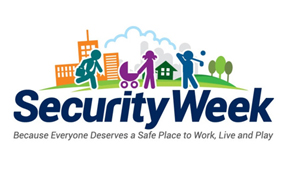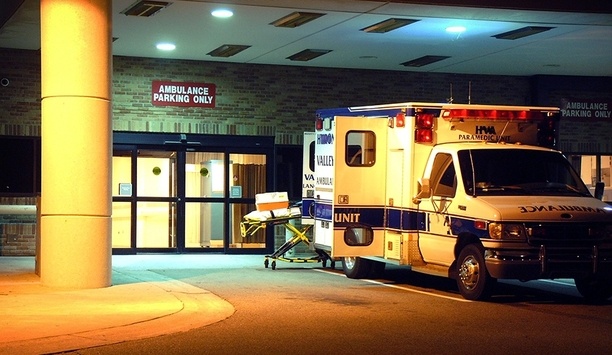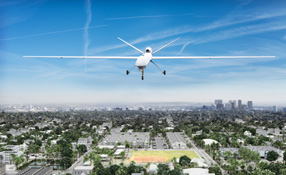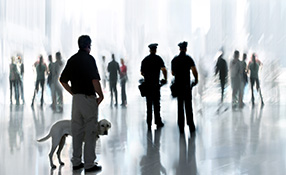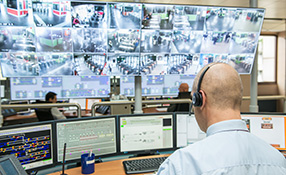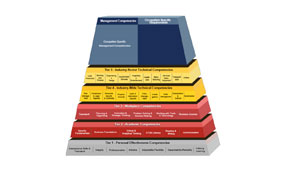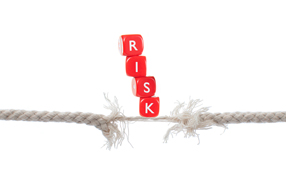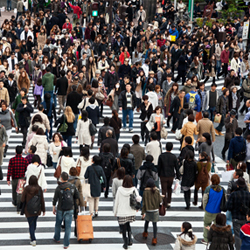 |
| Soft targets are civilian-centric places such as churches and retail centres, where security is not as fortified |
The terror attack on Paris on Nov. 13 lasted just 23 minutes. The bombers and gunmen split up and attacked seven sites: the soccer stadium where it all began, four restaurants, a bar and a concert venue. All told, they killed 130 people and injured 368 in the time it takes for a coffee break.
This situation has raised questions about the security management for concerts, stadiums and restaurants. Without adequate perimeter protection and security systems in place, such places are often at risk from anti-social elements wanting to cause disruption and chaos.
The terrorists picked what security professionals call soft targets — targets that would be easy to attack and offer up lots of people that could be killed quickly and easily.
“A soft target is a civilian-centric place,” says Dr. Jennifer L. Hesterman, Colonel, U.S. Air Force, retired, the former Vice-Commander of Andrews Air Force Base and now an independent security consultant based in Washington, D.C.
“Examples of soft targets are churches, K-12 schools, college campuses, stadiums, other sporting venues, retail centers and hospitals,” continues Hesterman. “By contrast, government buildings and military bases are hardened targets.”
Of course soft targets need not fortify themselves to the level of a military base. “The goal is to do enough to make a possible attacker pass you by in favor of finding a softer target.”
Hardening begins with a security assessment
An open college campus, for example, can invite predators, burglars and other kinds of bad actors. Depending on the security assessment hardening an open campus might require different steps |
Like virtually any security initiative, hardening a soft target begins with a security assessment that identifies risks – the harm that terrorists, criminals or natural or manmade disasters may do to a facility or campus of facilities. An assessment also calls out the vulnerabilities that make a facility or campus a particularly easy target.
An open college campus, for example, can invite predators, burglars and other kinds of bad actors. Depending on the security assessment hardening an open campus might require different steps.
A center city campus located in a relatively high crime area might want to build a wall and station security officers in booths at the entrances. Concrete barriers might protect the wall — again, depending on what the security assessment makes of the risks and vulnerabilities connected to the campus.
A suburban school with fewer concerns about crime might forgo the wall and take a few simple steps: trim the trees up above the campus light poles. Trim the shrubs around buildings down low to make it impossible for a mugger to hide. Protect dormitories, confidential information and intellectual property with access control.
“The perimeter has to be tight,” continues Hesterman. “Of course, this can be difficult. People don’t want to feel like they are in prison. So balance is important.
“People are getting smarter about security, and owners have to keep up. For instance, shoppers don’t want to visit retail destinations perceived to be unsafe. In the education world, parents will guide their children away from campuses perceived to be unsafe.”
People are getting smarter about security, and owners have to keep up. For instance, shoppers don’t want to visit retail destinations perceived to be unsafe" |
Less about technology, more about people
Hesterman also notes that hardening is less of a technology effort than a human effort.
She points to research by Dr. Martin Gill, who interviewed murderers on death row in the U.K. According to Hesterman, Dr. Gill learned that cameras don’t affect the way violent actors commit their offenses, and, in fact, may escalate their actions.
Another conclusion drawn by Dr. Gill was that violent actors are more concerned about being stopped by people than by being detected by security technology.
On the subject of people and security, Hesterman says: “Hardening starts in the mind. You have to believe that you are vulnerable – that it can happen here. Then, you will want to find out what actions you have to take to protect your facility and your people.
“The importance of people goes even further. People are the best sensors. They are better than technology at picking up information.
Today, regular people are our first responders. By the time the police arrive at an event, it is over. So civilians need training about what they can do.”
Finally, all of this may embody security’s new mantra: When a crisis erupts, run. If you can’t run, hide. If you can’t hide, fight.
In addition to tightening the perimeter, hardening, then, also includes creating pathways to run, building a safe-room or a place to hide and training people about using these tools.

